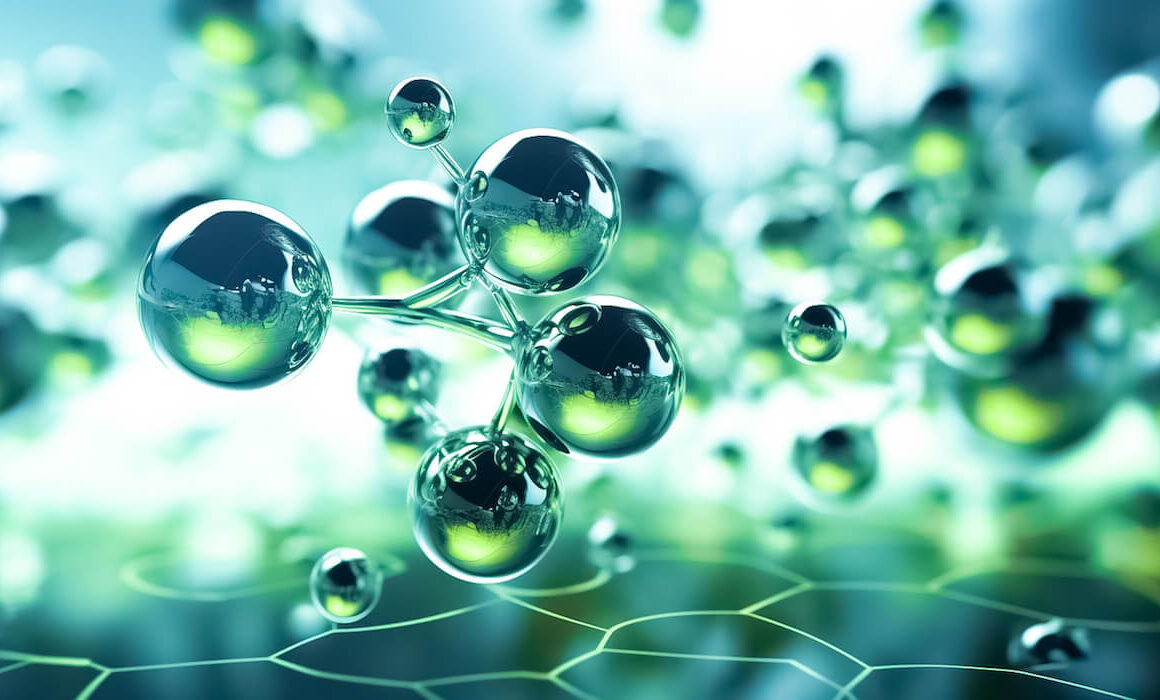New Type of Water Splitter Could Make Green Hydrogen Cheaper
Published by www.science.org on January 19, 2024.

To wean itself off fossil fuels, the world needs cheaper ways to produce green hydrogen—a clean-burning fuel made by using renewable electricity to split water into hydrogen and oxygen. Now, researchers report a way to avoid the need for a costly membrane at the heart of the water-splitting devices, and to instead produce hydrogen and oxygen in completely separate chambers.
As a lab-based proof of concept, the new setup—reported this month in Nature Materials—is a long way from working at an industrial scale. But if successful, it could help heavy industries such as steelmaking and fertilizer production reduce their dependence on oil, coal, and natural gas.
“This is an innovative concept,” says Shannon Boettcher, a chemist at the University of Oregon who was not involved with the new study. Boettcher adds that the new design appears to work efficiently with variable amounts of electricity, an advantage that could make it easier to pair with the intermittent power supplied by wind and solar farms.
The water-splitting devices, known as electrolyzers, were first demonstrated more than 230 years ago. Today’s most common version, known as an alkaline electrolyzer, works a bit like a battery. Two electrodes are dropped in a chamber containing water and a liquid electrolyte that encourages the movement of ions. Applying an electric current to the negatively charged cathode splits the water into hydrogen molecules and negatively charged hydroxide ions. The hydroxide ions diffuse through the liquid to the positively charged anode, where they react to form oxygen and a smaller amount of water. The setup relies on a membrane between the two electrodes. It allows hydroxide ions to travel from the cathode to anode, but prevents the commingling of hydrogen and oxygen, which can combine explosively.
The bulk of the cost of green hydrogen comes from the renewable electricity that drives the process. Most of the remaining cost is the electrolyzer—and the membrane is one of its most expensive components, because it typically contains many specialized layers to house and protect the molecular filters, says Avner Rothschild, a materials scientist at the Technion-Israel Institute of Technology.
Keep reading at science.org.